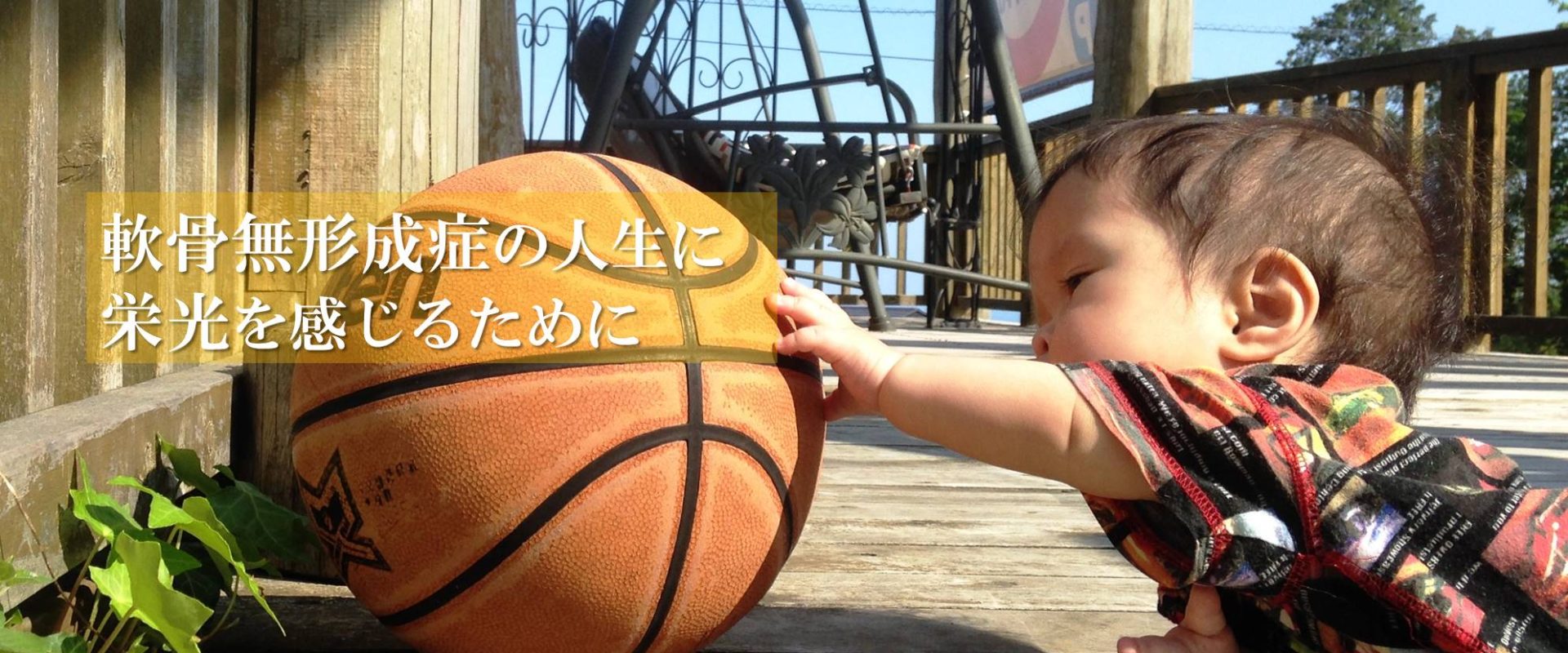軟骨無形成症 (Achondroplasia)
Gene Review著者: Richard M Pauli, MD, PhD
日本語訳者: 窪田美穂(ボランティア翻訳者),澤井英明(兵庫医科大学)
Gene Review 最終更新日: 2012.2.16. 日本語訳最終更新日: 2012.4.16.
要約
疾患の特徴
軟骨無形成症は不均衡な低身長をきたす病態のなかでは最も一般的な疾患である.患者は短い腕と下肢,大きな頭,前額部の突出と顔面中央部の下顎後退(これまでは顔面中央部の低形成として知られていた)による特有の顔貌といった症状を特徴とする.乳児期には筋緊張低下を広く認め,運動面での発達パターンが異常となったり,遅滞することが多い.乳児期には頭頸接合部の圧迫が死亡リスクを高めるが,知能と寿命は通常,正常である.
診断・検査
大部分の患者で軟骨無形成症は,特徴的な臨床所見やX線所見により診断可能である.診断が不確定であったり,典型的でない所見を有する患者では,軟骨無形成症との関連が知られている唯一の遺伝子であるFGFR3遺伝子の変異を検出するために,分子遺伝学的検査を用いることができる.こうした検査により患者の99%で変異が検出できる.検査は臨床検査室で実施可能である.
臨床的マネジメント
症状の治療:頭蓋内圧上昇に対して,脳室腹腔シャントが必要となることがある.頭頸接合部の圧迫徴候や症状に対して,適応があれば後頭下減圧を行う.閉塞性睡眠時無呼吸の是正には,アデノイド口蓋扁桃摘出,気道陽圧や,稀に気管切開を施行する.中耳機能障害に対して,積極的な管理を行う.下肢の進行性弯曲が生じた場合,整形外科医による評価を行う.症状のある成人に対して,脊柱管狭窄症の是正手術を行う.社会生活と学校への適応のため,教育支援を行う.
経過観察:小児期の軟骨無形成症児に対して,標準化した成長曲線を用いて身長,体重,頭囲をモニタリングする.乳児期から小児期を通じて発達段階を評価する.乳児期にベースライン時の脳CT検査を行う.睡眠時無呼吸の徴候や症状に対するモニタリングを行う.小児期の中耳障害や難聴所見の有無に対するモニタリングを行う.後弯や下肢の弯曲に対する臨床評価を行い,必要な場合には,X線評価や整形外科医への紹介を行う.成人期には,脊柱管狭窄症に対するスクリーニングのための臨床経過や神経学的検査を3~5年に1回行う.
回避すべき薬剤・環境:体同士がぶつかり合うスポーツのような頭頸接合部への損傷リスクを伴う活動.トランポリンの使用.飛び込み台からの飛び込み.体操競技の鞍馬.遊具で膝や足をかけて頭を下にすること.
妊娠管理:軟骨無形成症の妊娠女性は骨盤が小さいため,帝王切開を行うこと.
Summary
Clinical characteristics.
Achondroplasia is the most common process resulting in disproportionate small stature. Affected individuals have short arms and legs, a large head, and characteristic facial features with frontal bossing and midface retrusion (formerly known as midface hypoplasia). In infancy, hypotonia is typical, and acquisition of developmental motor milestones is often both aberrant in pattern and delayed. Intelligence and life span are usually near normal, although craniocervical junction compression increases the risk of death in infancy.
Diagnosis/testing.
Achondroplasia can be diagnosed by characteristic clinical and radiographic findings in most affected individuals. In individuals in whom there is diagnostic uncertainty or atypical findings, molecular genetic testing can be used to detect a mutation in FGFR3, the only gene known to be associated with achondroplasia. Such testing detects mutations in 99% of affected individuals.
Management.
Treatment of manifestations: Ventriculoperitoneal shunt may be required for increased intracranial pressure; suboccipital decompression as indicated for signs and symptoms of craniocervical junction compression; adenotonsillectomy, positive airway pressure, and, rarely, tracheostomy to correct obstructive sleep apnea; aggressive management of middle-ear dysfunction; evaluation by an orthopedist if progressive bowing of the legs arises; surgery to correct spinal stenosis in symptomatic adults; and educational support in socialization and school adjustment.
Surveillance: Monitor height, weight, and head circumference in childhood using growth curves standardized for achondroplasia; evaluation of developmental milestones throughout infancy and childhood; baseline CT scan of the brain in infancy; monitor for signs and symptoms of sleep apnea; monitor for middle ear problems or evidence of hearing loss in childhood; clinical assessment for kyphosis and bowed legs, with radiographic evaluation and referral to an orthopedist, if necessary; in adults, clinical history and neurologic examination to screen for spinal stenosis every three to five years.
Agents/circumstances to avoid: Activities in which there is risk of injury to the craniocervical junction, such as collision sports; use of a trampoline; diving from diving boards; vaulting in gymnastics; and hanging upside down from the knees or feet on playground equipment.
Pregnancy management: Pregnant women with achondroplasia must undergo Caesarian section delivery because of small pelvic size.
Genetic counseling.
Achondroplasia is inherited in an autosomal dominant manner. Around 80% of individuals with achondroplasia have parents with average stature and have achondroplasia as the result of a de novo gene mutation. Such parents have a low risk of having another child with achondroplasia. An individual with achondroplasia who has a reproductive partner with average stature has a 50% risk in each pregnancy of having a child with achondroplasia. When both parents have achondroplasia, the risk to their offspring of having average stature is 25%; of having achondroplasia, 50%; and of having homozygous achondroplasia (a lethal condition), 25%. Prenatal testing for pregnancies at increased risk is possible once the disease-causing mutation has been identified in the family.
軟骨無形成症
(Achondroplasia)
Gene Review著者: Richard M Pauli, MD, PhD
日本語訳者: 窪田美穂(ボランティア翻訳者),澤井英明(兵庫医科大学)
Gene Review 最終更新日: 2012.2.16. 日本語訳最終更新日: 2012.4.16.
Achondroplasia
University of Wisconsin – Madison
Madison, Wisconsin
Initial Posting: October 12, 1998; Last Update: February 16, 2012.

